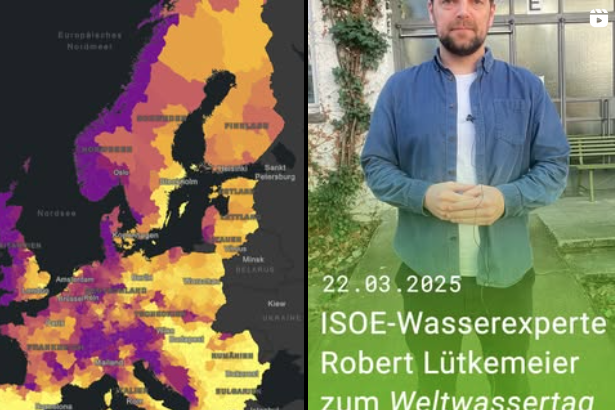World Water Day

Every year on March 22nd, World Water Day serves as a global reminder of the importance of protecting our water resources and promoting sustainable water use. This annual observance highlights the critical role that water plays in our daily lives, economies, and ecosystems. This year, the United Nations focused on the protection of glaciers and water towers, emphasizing their significance in water supply systems and ecosystems, particularly in regions influenced by alpine environments.
Glaciers and water towers are not merely scenic wonders; they are essential components of the Earth’s hydrological cycle. These natural reservoirs store and release water, supporting downstream communities and ecosystems. However, climate change is rapidly altering the dynamics of these systems. Rising temperatures are causing glaciers to retreat at an alarming rate, disrupting water availability and exacerbating the risks of droughts and floods.
In a brief Instagram Reel, Robert explained how glaciers serve as a stark illustration of climate change’s impact on regional hydrology. The melting of these ice masses not only affects water supply but also has cascading effects on biodiversity, agriculture, and human health. The future of our water resources is fraught with uncertainty, and it is imperative that we take proactive measures today to mitigate potential impacts tomorrow.
Moreover, Esri, the company behind the renowned ArcGIS software, showcased our dashboard platform, www.water-land-nexus.com, to demonstrate how science can effectively visualize and communicate research findings. Our platform provides an interactive and accessible way to explore data related to water and land resources, fostering a deeper understanding of the complex interplay between these elements.
We particularly highlighted Linda’s study on European groundwater stress. Through a newly developed indicator, the study revealed previously unknown spatial patterns of groundwater stress. This research underscores the need for innovative approaches to monitor and manage groundwater resources, which are often overlooked yet crucial for sustaining life and livelihoods.
